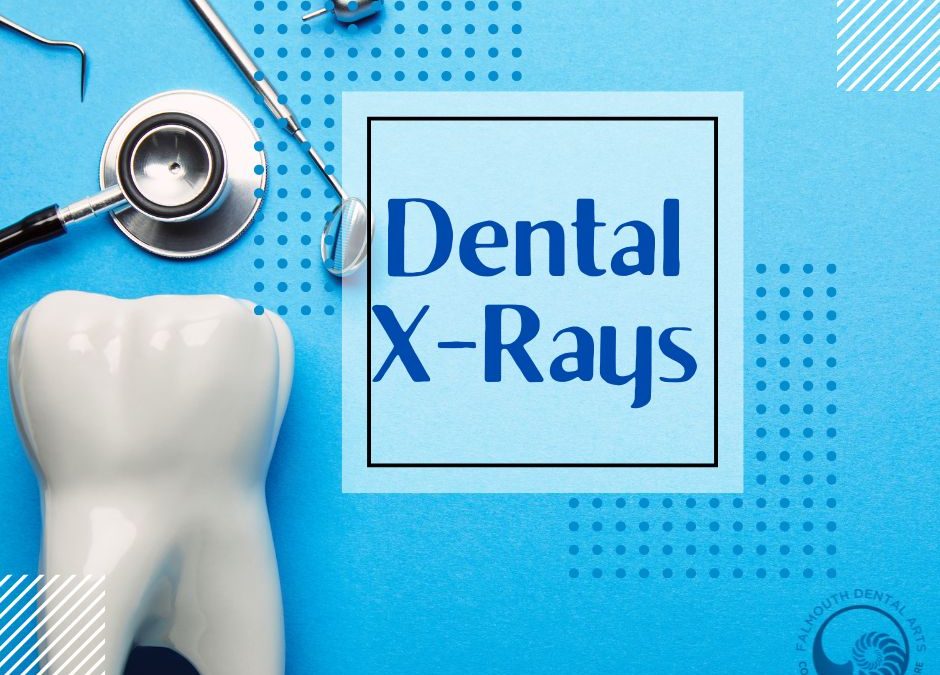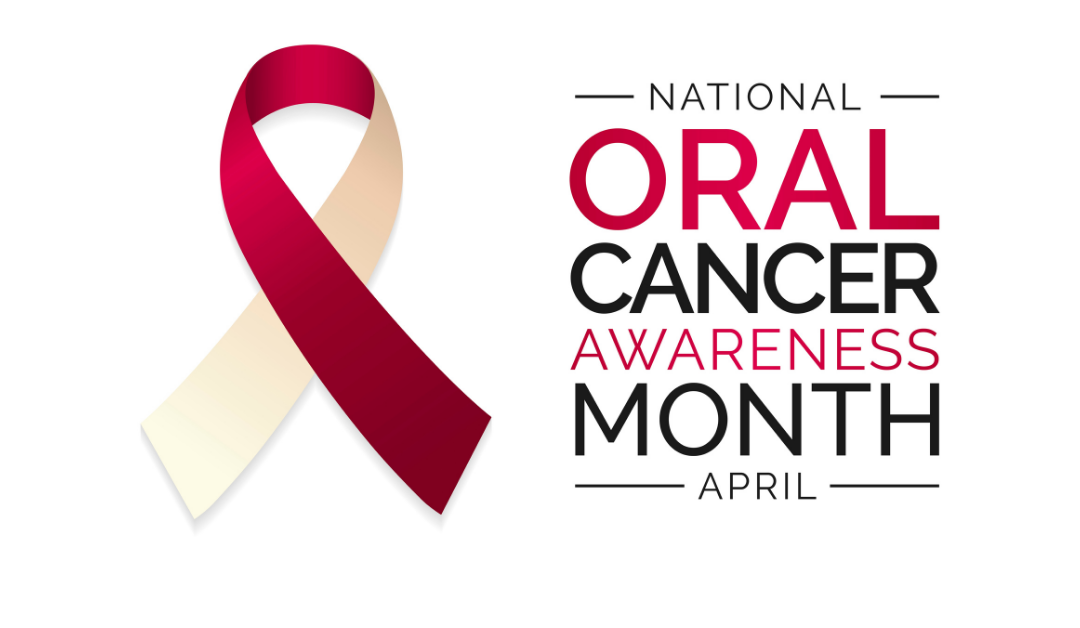
May 1, 2024
You’ve come in for a cleaning and everything looks good, so why do you need a dental x-ray? Great question! Dental x-rays provide an in-depth and accurate view of your teeth and jaw and are an essential tool for preventative care. With up-to-date x-rays, Dr. Brunacini and Dr. Karagiorgos have an enhanced opportunity to identify any potential problems and diagnose dental conditions. The sooner we can treat potential problems or conditions, oftentimes the less invasive and less expensive it will be for you! At FDA, we want our patients to be fully informed when they make decisions about their oral health care and dental x-rays help support that goal. To help inform you more about the importance of dental x-rays, here are three commonly asked questions:
How often should I get dental x-rays?
At FDA we recommend our patients receive an x-ray at their first appointment and then once a year thereafter. Our digital x-ray technology uses a very low dose of radiation already, but this treatment schedule helps us to further minimize any risks.
What are digital x-rays?
We offer digital x-rays at FDA, which is a type of x-ray where digital sensors are used instead of traditional film. To perform digital x-rays, electric sensors are placed in the patient’s mouth. The sensors are connected to a computer by a small wire. The x-ray beam is sent through the teeth and into the sensor. The image can then be viewed immediately on a computer screen during an appointment. Compared with traditional x-rays, digital x-rays reduce radiation exposure by 70-80%. We also find that digital x-rays greatly support patient education by providing a clear image of a patient’s mouth and potential problem areas.
What are CBCT 3D x-rays?
To improve our patients’ experience FDA also offers 3D imaging. Using a CBCT 3D imaging machine, a scanner rotates around a patient’s head, collecting multiple images in rapid succession. These images are then pieced together using a software program to create an extremely clear 3D panoramic view of the mouth and jaw. Often referred to as 3D imaging, CBCT 3D x-rays provide a more thorough and complete view of the head, mouth, and neck prior to performing any dental treatment, especially oral surgery. CBCT scans can also assist us in planning for root canals and placing dental implants. While 3D imaging won’t replace our typical bitewing x-rays, it is an additional tool that helps to diagnose areas of concern or when planning dental implants.
If you have more questions about dental x-rays or if it’s been more than a year since you received them, please give us a call. We’re always happy to answer your questions and can help schedule your next appointment!

Apr 14, 2022
April is Oral Cancer Awareness Month, an opportunity for dental practices like Falmouth Dental Arts to raise awareness about the importance of oral cancer detection and prevention. When treated early, oral cancer has an estimated 80-90% survival rate. As your dental care partners, we believe strongly that we are an essential part of your healthcare team. As such, we’ve had a long-standing commitment to screening our patients for early signs of oral cancer. We are excited to announce that we now have a new state-of-the-art diagnostic tool to assist us in the oral cancer screening process – a CBCT 3D x-ray machine. 3D imaging allows us to better diagnose a range of dental issues, including oral cancer. Learn more from Dr. Brunacini, as he explains some of the advantages of CBCT 3D x-rays.
1) Why has FDA upgraded to 3D x-rays?
Dr. Brunacini: 3D x-ray or CBCT (cone beam computed tomography) technology allows us to better visualize all of the structures within the head, neck, and mouth so that we can better assess our patients’ oral health.
2) How are 3-D x-rays different from the traditional digital 2D x-rays?
Dr. Brunacini: For years, dentistry has been taking and reviewing x-rays in 2-D, which can sometimes make it difficult to determine a proper diagnosis. Without the 3rd dimension, it can be difficult to see an area of concern, such as a gum or tooth infection. Being able to take 3D images allows us to more thoroughly and completely diagnose our patients prior to performing any dental treatment, especially oral surgery.
3) Will 3D x-rays replace traditional 2D x-rays?
Dr. Brunacini: 3D imaging won’t replace our typical bitewing x-rays, which are used to locate areas of decay. Rather, 3D x-rays can be used as an additional tool when trying to diagnose an area of concern or when planning for dental implants. It can also be helpful for patients with a strong gag response, as 3D x-rays allow us to get the imaging we need without placing anything into their mouth, making the process much easier and more comfortable for them.
4) How can 3D x-rays be helpful in the early detection of oral cancer?
Dr. Brunacini: CBCT technology can be used as an additional screening tool in diagnosing oral cancer. It doesn’t eliminate the need for our other screening methods, such as a visual or physical exam or VELscope screening. VELscope is a non-invasive device that emits a safe blue light to detect abnormal cell growth that could be cancerous or precancerous. If we identify any areas that look suspicious through these methods, 3D imaging can be helpful in determining subsequent steps for the ideal treatment of a lesion. As we see many of our patients twice a year, we now have a wider range of diagnostic tools available to us to screen for oral cancer during routine hygiene appointments, including CBCT x-rays.
Thank you, Dr. Brunacini!
If you have any additional questions about the oral cancer screening process, CBCT 3D x-rays, or would like to schedule an appointment, give us a call at 207.781.5900. We’re here to help!


